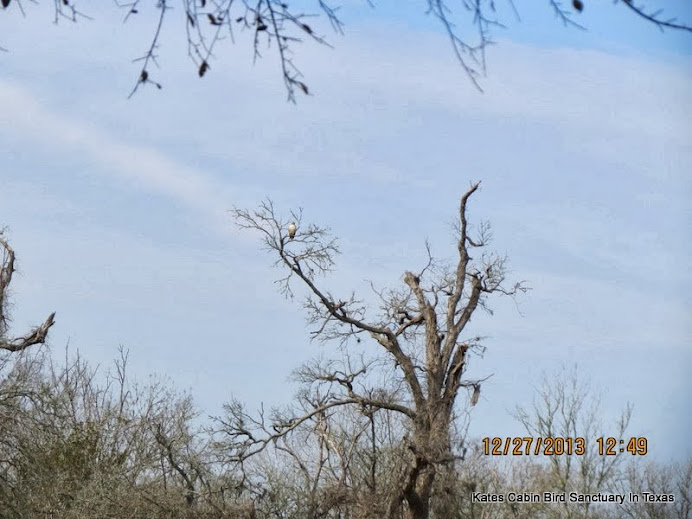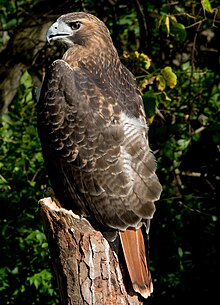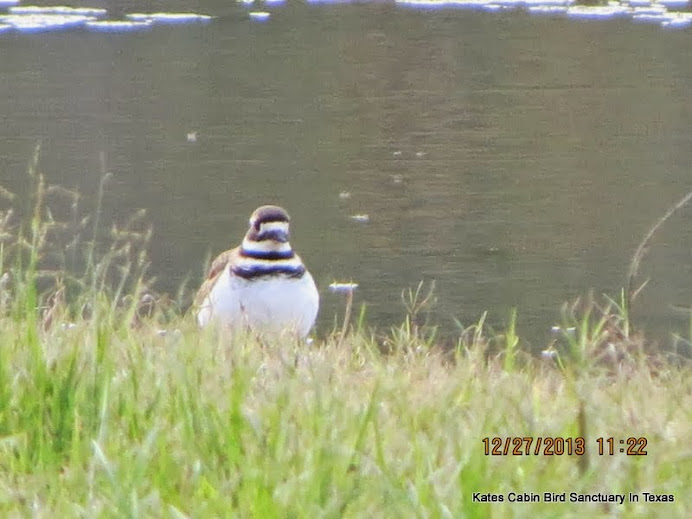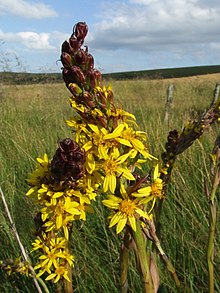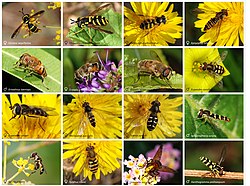
Hi Everybody!!
We are just about at the Finish Line for 2013. I know when we turn the corner, I will see Spring on the horizon. Tonight, it is still winter with temperatures hovering around 32 degrees (F). My chariot (bed) is decked out with extra blankets and pillows. For New Year's Eve I intend to revel in the luxury of being an old grandma and snuggle down in my bed for the night! I am sure the fireworks in the neighborhood will announce the entrance of 2014. And, like ever year, it will scare the feathers off the hundreds of buzzards asleep in my pine trees, and they will take off like a rocket. I will be awake later, no doubt!!!!
Fat Sissy is already hiding in the far back end of the closet as she heard a firecracker about an hour ago. So, I am going to excuse myself from the Party and go snooze in my soft bed. Everybody have a good time and carry on! I will see You next year. If you are like me and finding your way to your bed, I'll see you in the dreams!
HAPPY NEW YEAR, MY FRIENDS!







link to photostudy:
https://plus.google.com/u/0/photos/117645114459863049265/albums/5962703175227988625


https://en.wikipedia.org/wiki/New_Year
New Year
From Wikipedia, the free encyclopedia
New Year is the time at which a new calendar year begins and the calendar's year count is incremented. In many cultures, the event is celebrated in some manner.[1]The New Year of the Gregorian calendar, today in worldwide use, falls on 1 January (New Year's Day), as was the case with the Roman calendar. There are numerous calendars that remain in regional use that calculate the New Year differently.
The order of months in the Roman calendar was January to December since KingNuma Pompilius in about 700 BC, according to Plutarch and Macrobius. It was only relatively recently that 1 January again became the first day of the year in Western culture. Until 1751 in England and Wales (and all British dominions) the new year started on 25 March – Lady Day, one of the four quarter days (the change to 1 January took place in 1600 in Scotland).[2] Since then, 1 January has been the first day of the year. During the Middle Ages several other days were variously taken as the beginning of the calendar year (1 March, 25 March, Easter, 1 September, 25 December).[citation needed][where?] In many countries, such as the Czech Republic, Italy, Spain and the UK, 1 January is a national holiday.
With the expansion of Western culture to many other places in the world during recent centuries, the Gregorian calendar has been adopted by many other countries as the official calendar, and the 1 January date of New Year has become global, even in countries with their own New Year celebrations on other days (such as Israel, China and India). In the culture of Latin America there are a variety of traditions and superstitions surrounding these dates[clarification needed] as omens for the coming year. The most common modern dates of celebration are listed below, ordered and grouped by their appearance relative to the conventional Western calendar.Time zones[edit]
Because of the division of the globe into time zones, the new year moves progressively around the globe as the start of the day ushers in the New Year. The first time zone to usher in the New Year is just west of the International Date Line. At that time the time zone to the east of the Date Line is 23 hours behind, still in the previous day. The central Pacific Ocean island nation of Kiribaticlaims that its easternmost landmass, uninhabited Caroline Island, is the first to usher in the New Year.[15][16]
Please see link for complete article.

Hot New Clouds For The New Year!!!



https://plus.google.com/u/0/photos/117645114459863049265/albums/5963369086747382161


Look who is still here! 36 degrees-He is cold, but alive!

https://plus.google.com/u/0/photos/117645114459863049265/albums/5963366911903452577
The Last Sunset of 2013



https://plus.google.com/u/0/photos/117645114459863049265/albums/5962701263769174321





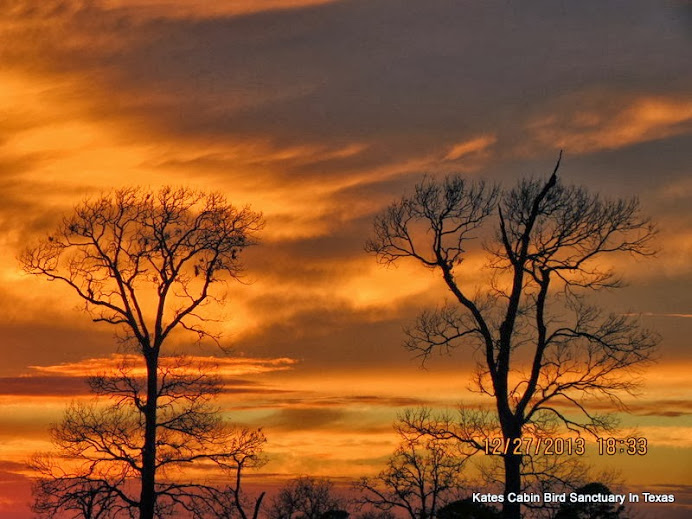



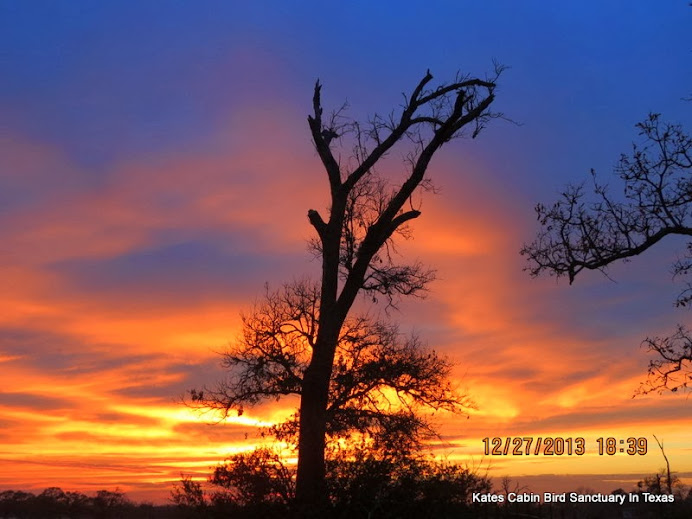
Here is my turn! 2014 is just down the road!


...this is brendasue signing off from Rainbow Creek. See You Next Year!!

O+O


